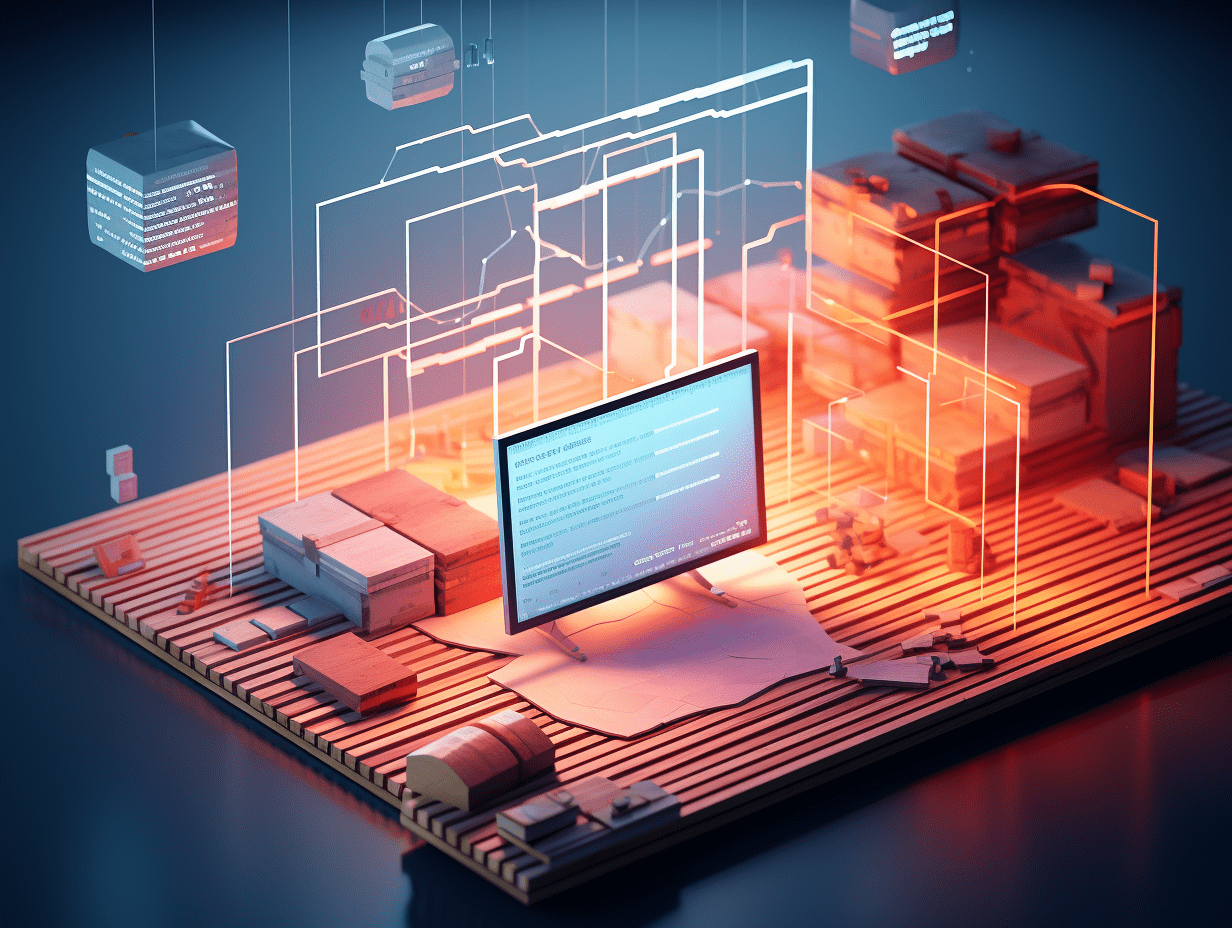
Baidu CEO Robin Li's latest speech in Dubai: The essence of innovation is lower costs.
In the past half month, DeepSeek has become the most talked-about topic in the AI industry at home and abroad. On February 11th, at the World Governments Summit 2025 summit held in Dubai, UAE, Baidu (09888) founder Robin Li was asked if the emergence of DeepSeek was expected. He said, "Innovation cannot be planned", and the best thing is to create an environment conducive to innovation.
After DeepSeek caught up with OpenAI at a low cost, it sparked widespread speculation on Wall Street about AI infrastructure investment. In response, Li's statement was similar to the responses of giants like Google, Microsoft, and Meta. He said, "When technology develops so quickly, you can't stop investing. You have to invest to ensure you are at the forefront of this technological innovation or revolution." Although it is possible to find a low-cost shortcut, before that, it may cost billions of dollars to explore different paths.
In a conversation with UAE Minister of AI Omar Al-Saud Al-Orama, Li also revealed the practical application of Baidu's self-driving car, Carrot Fast Run. He stated that technological progress is very fast and has proven that self-driving cars are 10 times safer than human driving. In China's complex road conditions, Carrot Fast Run has an actual accident rate only 1/14 of human drivers.
The following is an excerpt from the conversation, adjusted by Blue Whale News while ensuring the original meaning.
The cost of large models decreases by more than 90% per year
Al-Orama: Baidu is one of the leading companies in artificial intelligence. It is a pleasure to invite Robin Li to discuss his views. Let's first talk about the "elephant in the room," DeepSeek. Do you think its emergence was expected?
Li: I think innovation cannot be planned. You don't know when and where innovation will come. All you can do is create an environment conducive to innovation.
We live in a very exciting time. In the past, when we talked about Moore's Law, we said that performance would double and costs would halve every 18 months. But today, when we talk about large language models, we can say that every 12 months, the inference cost can be reduced by more than 90%. This is much faster than the computer revolution we have experienced in the past few decades.
Large language models are a very vast field. In China, we must innovate in inference and training to reduce costs. Fortunately, in the past year, we have seen significant progress.
Baidu's technical background is in search engines, which naturally leads to large language models. So in March 2023, we launched Wenxin Yiyuan, becoming the first listed company to launch a ChatGPT-like application. Google later launched Bard, renaming it Gemini. As we know today. This is a very exciting moment, where we can see innovation everywhere, and we must adapt to this rapid change in innovation.
Training better next generation models
Al-Orama: Several weeks ago, when DeepSeek became the topic of discussion for everyone, the stock prices of many large chip manufacturers and many major exchanges plummeted. Because previously, staggering billions of dollars were invested in inference data centers, training these artificial intelligence systems and models. How do you view the future of data centers and AI infrastructure?
Li: Over the past month or so, I have been thinking about this issue. I believe that fundamentally, the most important theme is that technology is progressing very quickly, costs are decreasing by about 90% per year, and performance is improving. When technology develops so quickly, you can't stop investing. You have to invest to ensure that you are at the forefront of this technological innovation or revolution. We still need to make continuous investments in chips, data centers, and cloud infrastructure to build superior and smarter next-generation models.
For this, you need to use more computing power to try different paths. Maybe at some point, you will find a shortcut, such as being able to train a model for only $6 million, but before that, you may have spent billions of dollars exploring which path is the right way to spend that $6 million.
Al-Orama: Isn't this a dilemma for gamblers? I've already spent $100 million, and now I need to recover some costs, so I continue to invest. So, who will win? So, will there be a day when we can get enough returns to prove that it is worth it?
Li: I am optimistic about the future of artificial intelligence. I believe that even at the current level, large language models have already created a lot of value in various scenarios. We have hundreds of thousands of customers using large models to improve efficiency in recruitment, e-commerce, healthcare, and even energy and electricity.
We have seen many such applications. In the past, they might have needed to spend less than $10,000 to achieve certain goals, but with large language models, it only costs about $1,000. So, this has already created value for them.
But you are right, I think we do need to focus on value creation at the application level. If you invest tens of billions as an infrastructure layer and cannot develop applications that bring returns of more than ten times, then this is unsustainable. Although we have seen various application cases in various scenarios, these may be more concentrated in the ToB (enterprise-oriented) field.
In the ToC (consumer-oriented) field, we have not yet seen the so-called super applications, like in the mobile internet era or social media, with hundreds of millions of daily active users spending two hours on an app every day. We have not seen this opportunity yet. But I believe that over time, someone will find a solution. Even now, some people can develop applications with strong user stickiness, like ChatGPT, with a daily active user-to-monthly active user ratio of 16%. Whereas if you look at Facebook or WeChat, this ratio is close to 90%. Currently, the average user usage time for Chatbot is about 10 minutes, while social media is 100 minutes or 120 minutes.
So, we are still far from that level of applications. I think the whole world is eagerly searching for such super apps.p -> p.Forced to innovate
Ollama: You just said that China is working on innovation to reduce costs. Looking at China's development, it seems that every industry is doing the same. Take the automotive industry, for example, it's also about reducing costs and creating new products. I think this is a way of technological innovation in China, what do you think?
Li Yanhong: If we look back over the past few hundred years, most innovations are related to cost reduction, not only in the field of artificial intelligence, but even beyond the IT industry. If you can reduce costs by a certain amount or percentage, then it means your productivity has increased by the same percentage. I think this is almost the essence of innovation. And today, the speed of innovation is much faster than before.
For Chinese companies, we may be the first to feel the pain brought by these high costs. Let me give you an example with Robotaxi. In the United States or more developed markets, the price of a ride-hailing service is much higher than in China. So, even if a Robotaxi costs, for example, $100,000, it can still make money through autonomous driving. But in China, the ride-hailing prices are much lower, so you have to come up with a technology that is much cheaper in order to achieve autonomous driving. Therefore, to some extent, we are forced to innovate in order to reduce costs.
Driverless cars are 10 times safer than human drivers
Ollama: Let's talk about Apollo GO, do you think China's autonomous driving ecosystem is more advanced than in the US? How do you compare the products of the two countries?
Li Yanhong: There are many technological pathways for autonomous driving, for example, Tesla uses only cameras as sensors, with a pure visual solution, relying on neural networks and algorithms to transition from assisted driving to fully autonomous driving, and finally to fully driverless stages. Our driverless taxi called "Robo Run" has taken a different approach, from day one we have been operating in a fully driverless manner. These methods all have their advantages.
Ollama: Honestly, I think perhaps at the World Government Summit next year, all fleets will be autonomous, supported by Robo Run.
Li Yanhong: Yes, I hope so. You can see that the road conditions in China are actually quite complex and challenging, right? Sometimes you might get cut off by a car coming out of nowhere, and motorcycles weaving through traffic; sometimes you have to overtake a public bus in front of you, this is not an imagined or futuristic scenario, this is something that happens every day in some cities in China.
Ollama: If you were to deploy it in a city anywhere in the world, from the decision to deployment to seeing it become a reality, how long would it take?
Li Yanhong: Technically, it would take about two weeks.
Ollama: Autonomous driving is a great application of artificial intelligence, it heralds a positive future where people can enjoy driving, have fun, and increase productivity. In all of this, is there anything that worries you?
Li Yanhong: Technological progress is very fast, although we are satisfied with the achievements we have made so far, but thinking about six months or two years from now, things will change a lot. Everyone is racing ahead, and the competition is fierce. There are risks in this kind of innovation.
Although we have proven that Robotaxi is much safer than human drivers, at least 10 times safer. Over a million people die in traffic accidents globally every year. But with Robotaxi, the death rate can be greatly reduced. Furthermore, if you look at our accident rate from our actual records, our accident rate is only equivalent to 1/14 of human drivers.
This is still a new industry, a new field, and people have a very low tolerance for accidents. We place a lot of emphasis on safety, and to date, we have been operating on a relatively large scale for two to three years and have not had any serious accidents.
This article is adapted from "Cai Lian She". GMTEight Editor: Chen Xiaoyi.
RECOMMEND
©️2013 - 2025 GMT EIGHT Holdings. All Rights Reserved.
Contact: contact@gmteight.com


